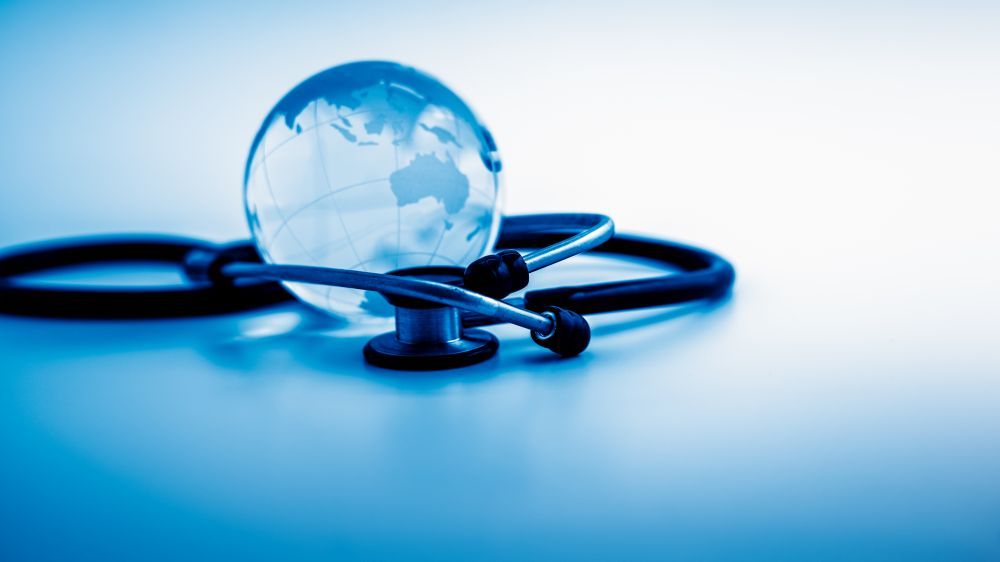
- Polio (poliomyelitis) mainly affects children under 5 years of age.
- One in 200 infections leads to irreversible
paralysis. Among those paralysed, 5–10% die when their breathing muscles
become immobilized. - Cases due to wild poliovirus have decreased by
over 99% since 1988, from an estimated 350 000 cases in more than 125
endemic countries, to just two endemic countries. - As long as a single child remains infected,
children in all countries are at risk of contracting polio. Failure to
eradicate polio from these last remaining strongholds could result in a
global resurgence of the disease. - In most countries, the global effort has
expanded capacities to tackle other infectious diseases by building
effective surveillance and immunization systems.
Overview
In 1988, the World Health Assembly adopted a resolution for the worldwide eradication of polio, marking the launch of the Global Polio Eradication Initiative (GPEI), spearheaded by national governments, WHO, Rotary International, the US Centers for Disease Control and Prevention (CDC) and UNICEF, and later joined by the Bill & Melinda Gates Foundation and Gavi, the Vaccine Alliance. Since then, the incidence of polio worldwide has been reduced by 99%, and the world stands on the threshold of eradicating a human disease globally for only the second time in history, after smallpox in 1980.
Wild poliovirus cases have decreased by over 99% since 1988, from an estimated 350 000 cases in more than 125 endemic countries then, to just two endemic countries3).
Symptoms and risk
Polio is a highly infectious disease caused by a virus. It invades the nervous system and can cause total paralysis in a matter of hours. The virus is transmitted by person-to-person spread mainly through the faecal-oral route or, less frequently, by a common vehicle (for example, contaminated water or food) and multiplies in the intestine. Initial symptoms are fever, fatigue, headache, vomiting, stiffness of the neck and pain in the limbs. One in 200 infections leads to irreversible paralysis (usually in the legs). Among those paralysed, 5–10% die when their breathing muscles become immobilized.
Polio mainly affects children under 5 years of age. However, anyone of any age who is unvaccinated can contract the disease.
There is no cure for polio, it can only be prevented. Polio vaccine, given multiple times, can protect a child for life. There are two vaccines available: oral polio vaccine and inactivated polio vaccine. Both are effective and safe, and both are used in different combinations worldwide, depending on local epidemiological and programmatic circumstances, to ensure the best possible protection to populations can be provided.
Eradication
The strategies for polio eradication work when they are fully implemented. This is clearly demonstrated by the successful eradication of the disease in most countries of the world.
The Polio Eradication Strategy lays out the roadmap to securing a lasting and sustained world, free of all polioviruses, and transition and polio post-certification efforts are ongoing to assure that the infrastructure built up to eradicate polio will continue to benefit broader public health efforts, long after the disease is gone.
Key to success is ensuring the Strategy is fully implemented in all areas and is fully resourced. Failure to implement strategic approaches, however, leads to ongoing transmission of the virus. Endemic transmission of wild poliovirus is continuing in areas of Afghanistan and Pakistan. Failure to stop polio in these last remaining areas could result in global resurgence of the disease. That is why it is critical to ensure polio is eradicated completely, once and for all.
Once polio is eradicated, the world can celebrate the delivery of a major global public good that will benefit all people equally, no matter where they live. Economic modelling has found that the eradication of polio would save at least US$ 40–50 billion, mostly in low-income countries. Most importantly, success will mean that no child will ever again suffer the terrible effects of lifelong polio-paralysis.
The global effort to eradicate polio has been declared a Public Health Initiative of International Concern, under the International Health Regulations, and temporary recommendations by an Emergency Committee under the International Health Regulations have been issued to countries affect by poliovirus transmission or are at high risk of re-emergence of the disease.
The polio effort continues to support broader public health efforts, including helping respond to natural disasters, humanitarian emergencies, droughts, earthquakes, outbreaks of other infectious diseases and supporting disease surveillance for broader public health initiatives.
WHO Response
WHO, together with its GPEI partners, continues to support countries which remain affected by poliovirus or are at high risk of polio re-emergence in implementing eradication strategies, focusing in the first instance on immunization and disease surveillance. Since the GPEI was launched, the number of cases has fallen by over 99%.
In 1994, the WHO Region of the Americas was certified polio-free, followed by the WHO Western Pacific Region in 2000 and the WHO European Region in June 2002. On 27 March 2014, the WHO South-East Asia Region was certified polio-free, meaning that transmission of wild poliovirus has been interrupted in this bloc of 11 countries stretching from Indonesia to India. In 2020, Africa became the fifth region to be certified wild poliovirus-free.
More than 20 million people are able to walk today who would otherwise have been paralysed. An estimated 1.5 million childhood deaths have been prevented through the systematic administration of vitamin A during polio immunization activities.
For further information
Visit www.polioeradication.org
link






